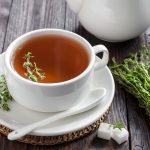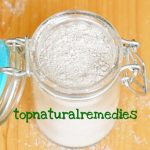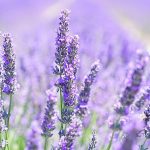Knotgrass and Its Organic Silica – Uses and Administration
Knotgrass is, along with horsetail, the best source of organic silica, a nutrient that is indispensable for the normal functioning of skin, mucosal surfaces (of the respiratory, digestive and urinary systems), conjunctive tissue and bone. It also contains tannins (catechin and gallic acid, both with astringent and haemostatic properties), flavonoids (quercetin, a substance proven by certain scientific studies to be effective in the treatment of asthma, hay fever, eczema, prostatitis and interstitial cystitis), mucilage and small quantities of vitamin C.

Contents
Internal use
- Atherosclerosis, strokes. (Organic silica and flavonoids have the effect of increasing the elasticity of blood vessels.)
- Cystits, pyelitis, nephritis. (Flavonoids have a strong diuretic and anti-inflammatory effect.)
- Bronchitis, tracheitis, pulmonary oedema. (Organic silica has the exact opposite effects than those of anorganic silica – which is responsible for what is known as silicosis, a disease marked by inflammation and scarring in the form of nodular lesions in the upper lobes of the lungs – and flavonoids act as strong anti-inflammatories.)
- Osteoporosis. (Studies have shown that the decreased level of silica in elderly people is one of the main causes of osteoporosis, organic or soluble silica being an essential factor for the assimilation and integration of calcium in the structure of the bone.)
- Reflux esophagitis, gastritis, ulcer, diarrhea. (Tannins and mucilage have a significantly protective effect on the GI tract mucosa.
- Rheumatismal diseases. (Organic silica is essential for maintaining the integrity and elasticity of the conjunctive tissue of ligaments and cartilages.)
External use
- Wrinkles (Organic silica is a catalyst for the production of collagen and elastin, the main factors that give the skin its elasticity.)
- Hair fragility
- Sores, gout
- Bruises, wounds
- Hemorrhoids, anal fissures
Preparation and administration
- Infusion. Add 2 tablespoons of dries plant in a cup of hot boiled water and let steep for 30 minutes. Drink 2 cups a day.
- Decoction. Add 4 tablespoons of dried plant in 500 ml of water and slowly boil for 30 minutes. Sift while still hot. Drink 1 cup throughout the day or use it externally.
- Tincture. Add 20 g of dried plant in 100 alcohol 40-50% and let the mixture macerate for 10 days. shaking the recipient 3-4 times a day. Sift the liquor and then let it decant for 6 days in the refrigerator. Transfer the more limpid part in another recipient. Take 30 drops in a glass of water, 2 times a day.
- Wine. Add 100 g of dried plant in 1 l of wine for 30 days, shaking the recipient 2-3 times a day, then transfer the wine in smaller bottles. Drink 50 ml, 2 times a day, before a meal.



